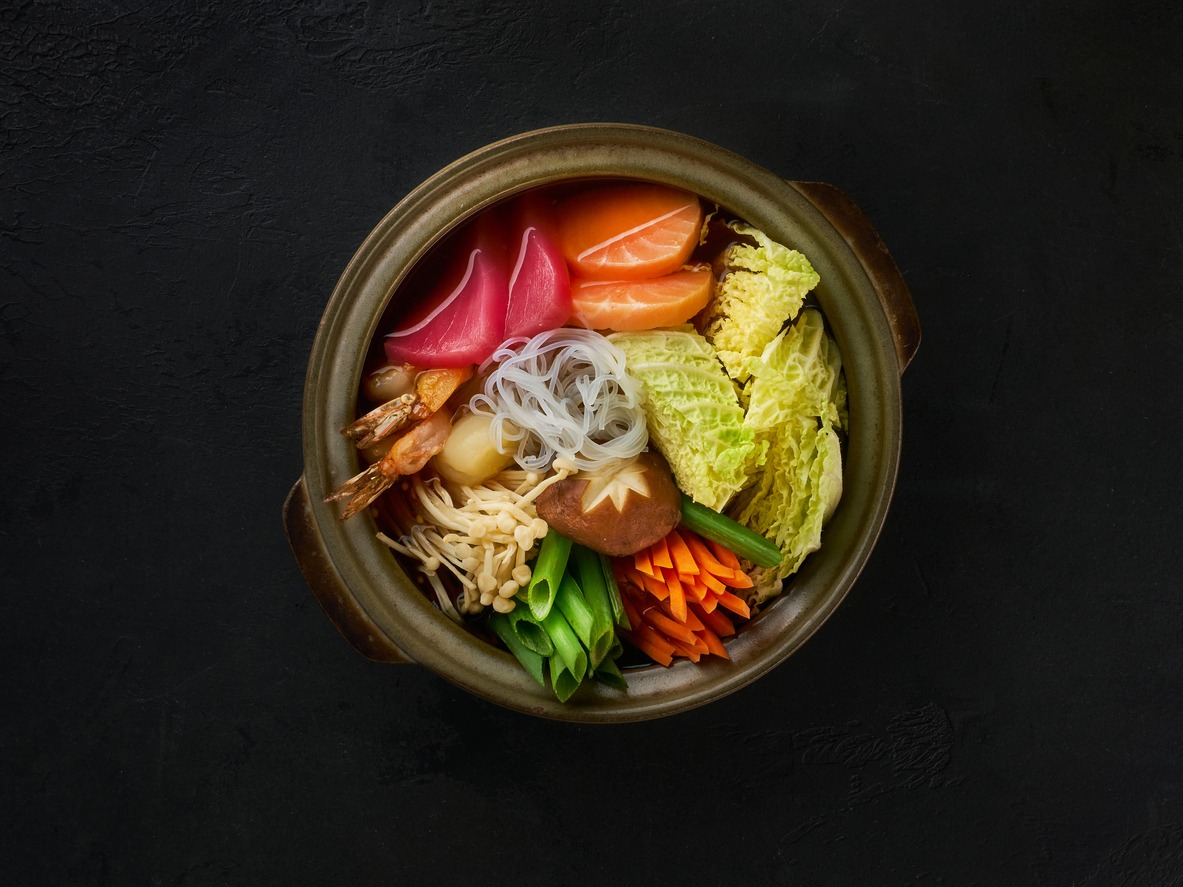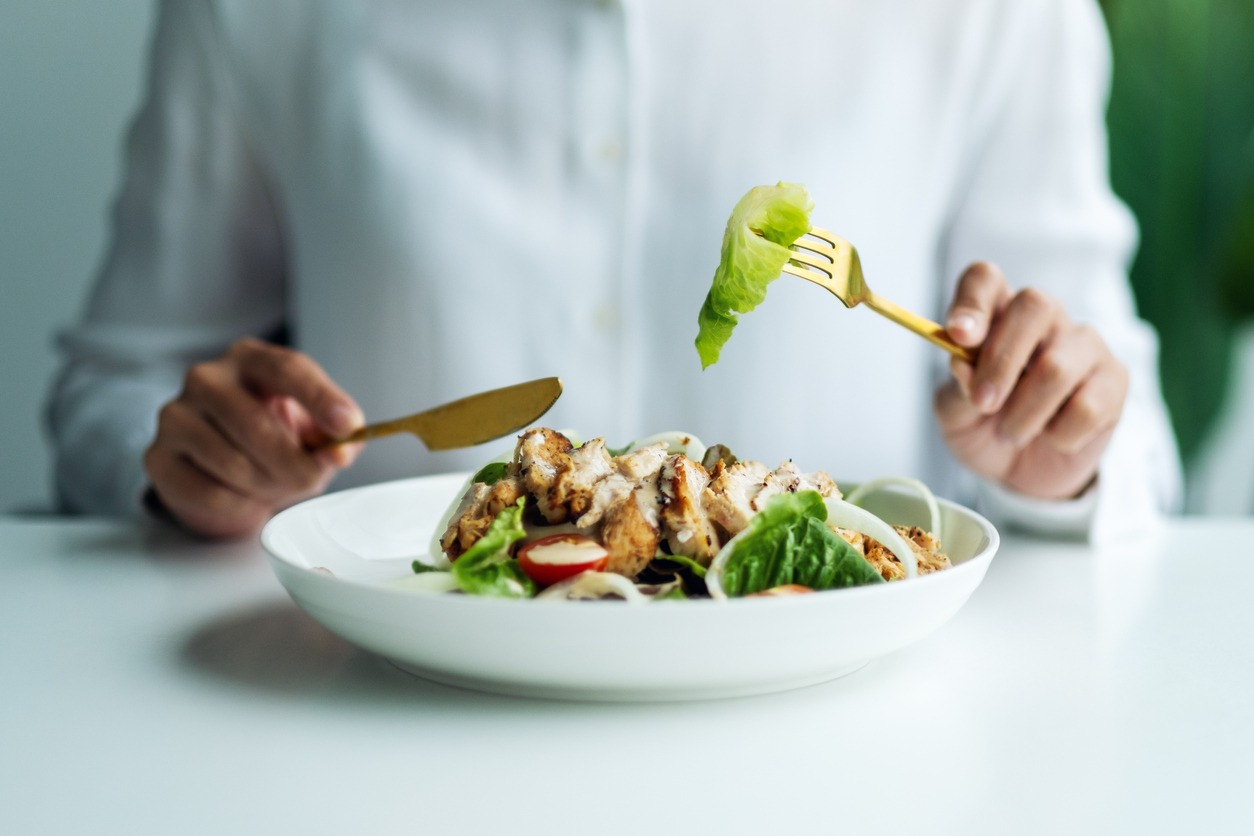Life is dependent on food. People can go without eating for a while, but eventually, the body needs fuel to function. However, it is impossible to choose a single figure that represents the precise amount required. Calories required depends on a person’s height, weight, age, degree of exercise, biological sex, and possibly inherited features Formulas have been created to help people figure out how much they need, but it’s vital to remember that everyone is different and that even the best calculations occasionally miss crucial details.
What are Calories?
Calories are the energy that a food or beverage contains. On food items, calories are typically listed, and wearables like the best fitness trackers let you keep track of how many calories you burn while engaging in various activities. More calories are typically found in certain foods, such as those that are fatty, fried, or processed.
Fresh fruit and vegetables, for example, have fewer calories on average than other foods. Conversely, low-calorie foods like diet soda have no nutritional value while some nutritious fruits and vegetables can have a high-calorie content.
To be able to move around, stay warm, grow, work, think, and play, we need energy, which comes from calories. The energy obtained from calories is required for the proper operation of even our blood circulation and digestion. Several factors, including our age, whether we’re trying to lose weight, how active we are, and others, affect how many calories we need each day.
How Many Calories Do You Need to Survive in an Emergency?
You could live on half the number of calories you probably consume each day, which is between 2,000 and 3,000. Numerous motivated dieters reduce their daily caloric intake to 1,200–1,500. This amount is sufficient to keep the average person’s body and mind functioning, but if continued for more than a few days, it can still have a detrimental effect on that person’s general health.
Everyone is unique, of course, and some people require more calories than others to keep their bodies from going into starvation mode. If you spend your days lounging around the house watching Netflix, you might be able to get by on less than 1,200 calories per day. However, you’ll burn a lot more if you’re stranded in the wilderness, fretting about your future, and struggling to survive.
How Many Calories Should You Consume Each Day?
The basal metabolic rate (BMR), which varies with body mass, height, and age of the person, will determine the recommended daily intake of calories for each individual. The level of physical activity and gender will both affect how much food energy is needed. Since the brain uses 20% of the energy used by the human body, increased mental activity has been linked to a moderate increase in brain energy consumption.
In general, inactive individuals and older adults need fewer calories. Since the brain uses 20% of the energy used by the human body, increased mental activity has been linked to a moderate increase in brain energy consumption.
What Foods Are High in Calories?
You will undoubtedly want to eat whatever food is on hand in a true emergency. However, you should keep foods that are high in calories and nutrients on hand. Although leafy greens are high in nutrients, their low-calorie content makes it unlikely that they would keep you full for a long time.
However, consuming only high-calorie meals like chips and candies won’t provide you with the energy you need to survive for longer periods. The ultimate objective is to store foods that provide nutrients in addition to more calories, though they can provide you with energy increases.
1. Peanuts
For many years, peanut butter has been a mainstay of the diets of hikers. Back up a bit and try some peanuts. They not only contain healthy fat, but salted varieties also help replenish the sodium lost through perspiration.
2. Avocado
Many people in the health sector see avocados as superfoods since they are packed with nutrients, including 42% of the daily required amount of fiber in only one avocado. A sufficient fiber intake lowers cholesterol and aids in avoiding constipation. However, because they are tropical fruit, you won’t find many avocado trees in North America. Therefore, if you want to include the health advantages of avocados in your survival supplies, we need to look at avocado powder.
3. Dark Chocolate
Dark chocolate can still be a mood booster despite not being as sweet as a brand-name chocolate bar. A cup of grated dark chocolate contains 661 calories, whereas a 29-gram square contains 145 calories. It is healthier to choose dark chocolate with 70% cacao or more in it because it offers heart-healthy qualities and much less sugar.
4. Brown Rice
Unlike white rice, which lacks many vitamins and minerals, brown rice also known as wild grain rice contains these nutrients in addition to complex carbs for energy, making it a fantastic survival food. Additionally, brown rice is a food that requires only the addition of water to become edible and is light in weight.
5. Oats
Oatmeal, of course, is made from oats and is quite nutritious, with a higher calorie content than white rice. Both are low-cost foods that may be obtained in quantity. The difference with oatmeal is that you get a lot more nutritional value for your money.
How Can Calories Be Calculated?
You can easily calculate and count calories using several online calorie calculator tools and a selection of calorie calculator web apps. Don’t worry if you have never used a calorie calculator; you can quickly assist yourself thanks to the incredibly user-friendly layout. These calorie calculator tools and apps contain a large database that will help you learn how many calories are in each gram of the food you are eating. This will be useful to know in the case of an actual emergency and your devices and tools may not be accessible.
The experience of bugging out can be mentally taxing and physically demanding on its participants. When you are fighting for your life, the 1,200 calories you consume might not be enough to make up for the amount of energy you use. Consuming an inadequate number of calories can disrupt the normal functioning of your body.


